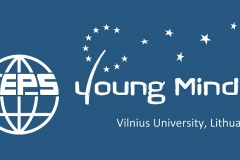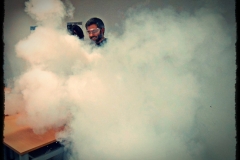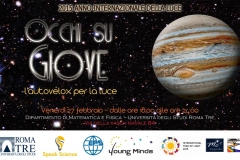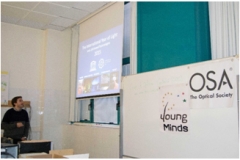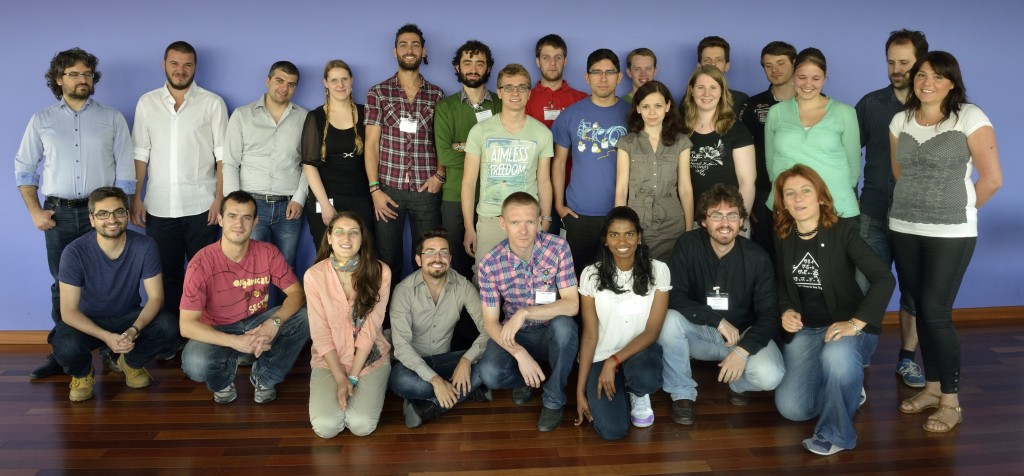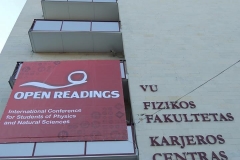 International scientific conference for students of physics & natural sciences “Open Readings 2015” took place in Lithuania, Vilnius on 24-27th of March, 2015. This year we had almost 300 participants from all over the Europe (Belarus, Germany, Latvia, Poland, Spain, etc.) and a program rich of invited lecturers and social events, which gathered more than half of thousand visitors from local research institutions, companies and society in general.
International scientific conference for students of physics & natural sciences “Open Readings 2015” took place in Lithuania, Vilnius on 24-27th of March, 2015. This year we had almost 300 participants from all over the Europe (Belarus, Germany, Latvia, Poland, Spain, etc.) and a program rich of invited lecturers and social events, which gathered more than half of thousand visitors from local research institutions, companies and society in general.
The newly established EPS YM Section of Vilnius University took a big role in this conference. The goal of this conference is to create an ecosystem for learning and spreading the knowledge with a great atmosphere for everyone while improving and delivering young minds to the scientific path of life. The pursuit of this goal was deeply strengthened from the social side. In other words professional development was at high level during oral and poster sessions and is true that sessions create the base for the conference, but social activities including coffee-breaks make the atmosphere, so this grant was directed towards the conference coffee breaks.
All members of EPS YM Section of Vilnius University had their impact in the preparation and were present during the four days of the conference. The growth of the submissions from last year number of 200 to 300 including some submissions from fellow EPS members was quite surprising and of course it would not have been the same without the support from EPS. The expected outcomes were reached as students successfully presented, shared and explored the beauty of the science.
The granted amount was properly used together with the additional support from Center for Physical Sciences and Technology for six coffee breaks during the span of this international conference. The EPS YM Section of Vilnius University is hopeful of continuing the work next year and making the EPS impact visible once again!
[nggallery id=28]

